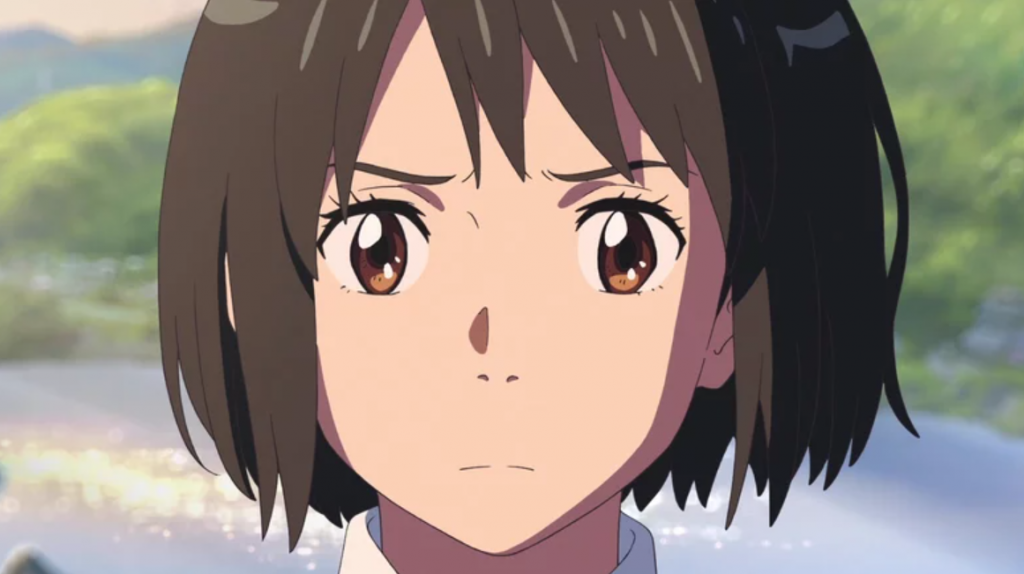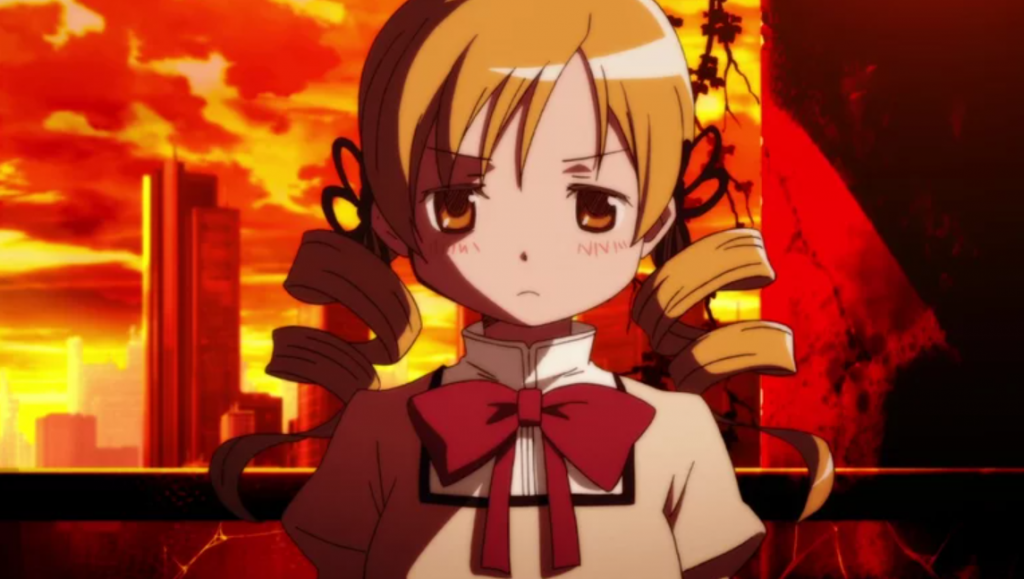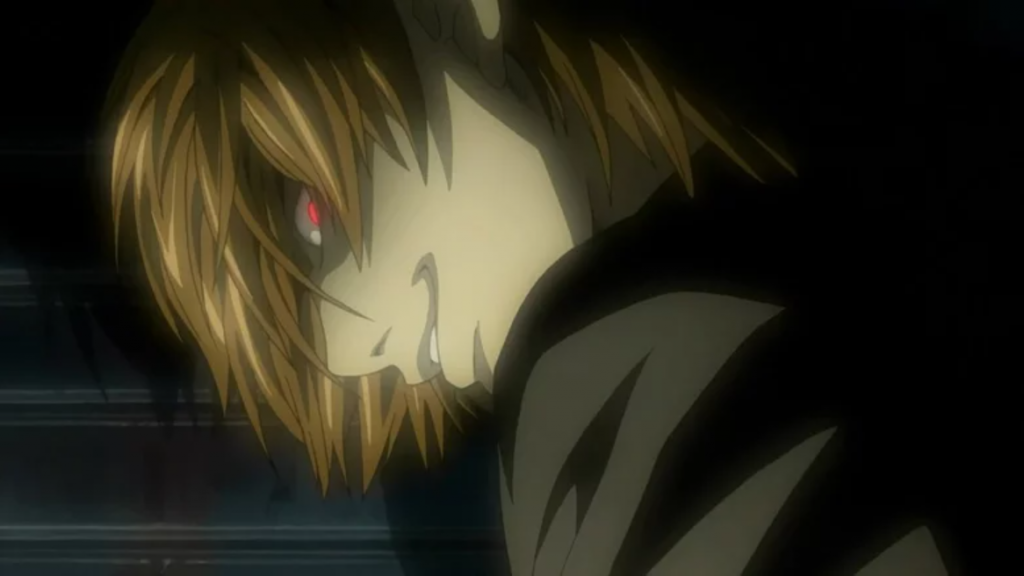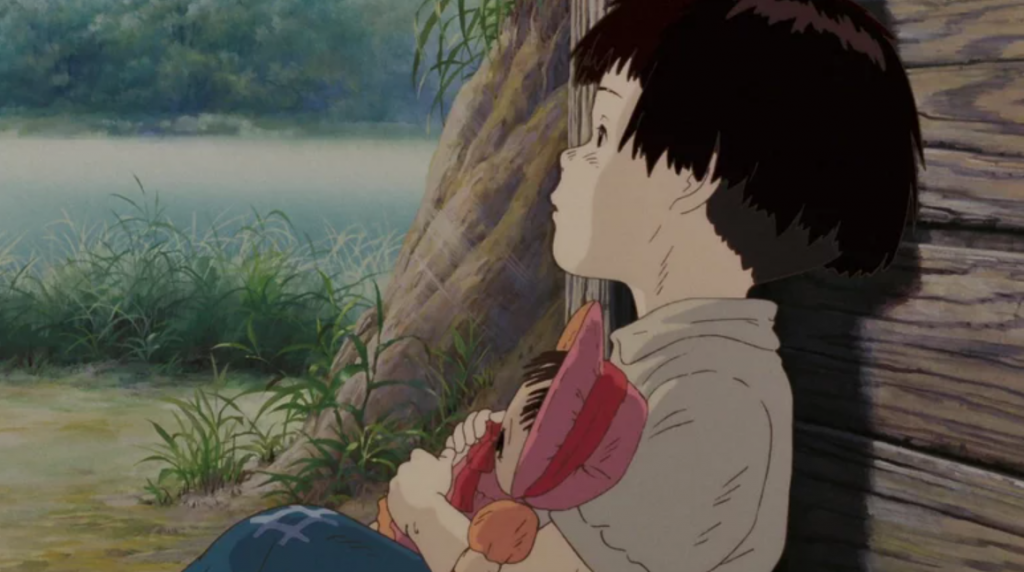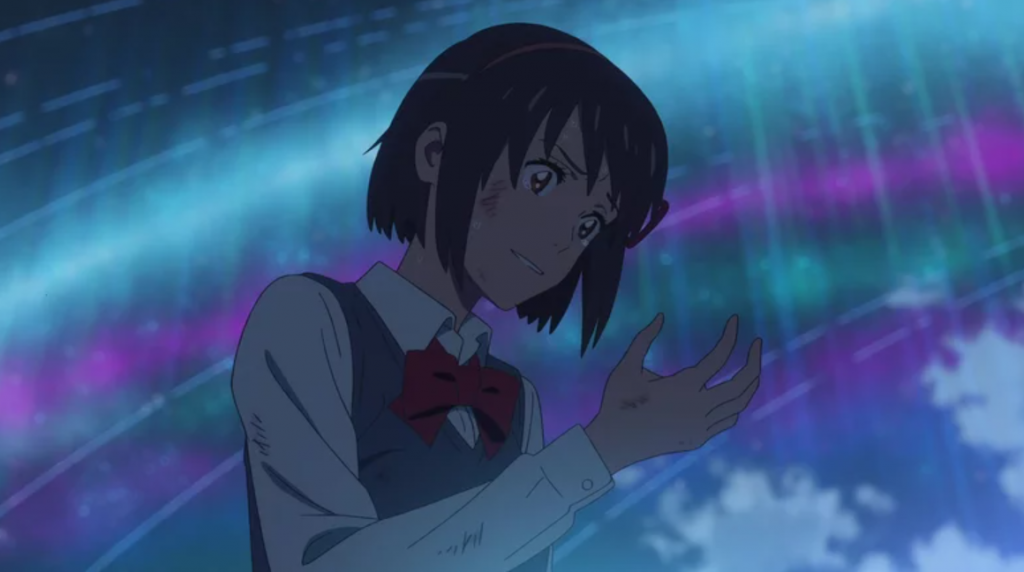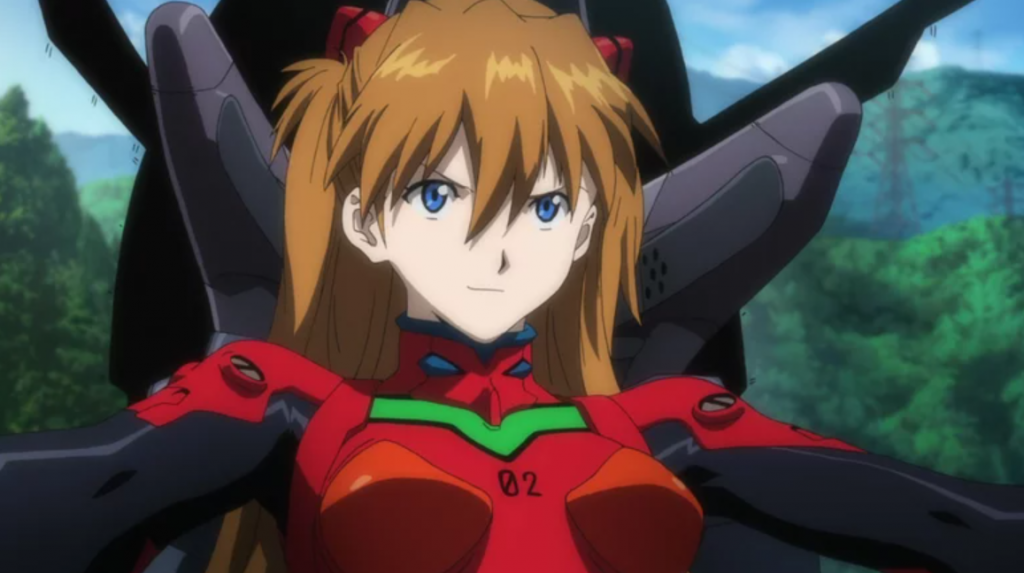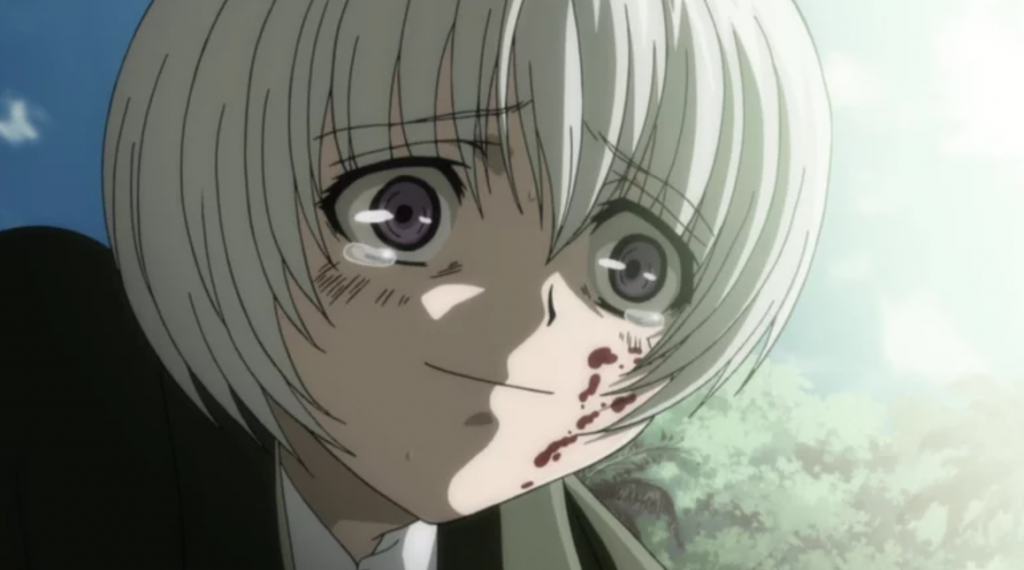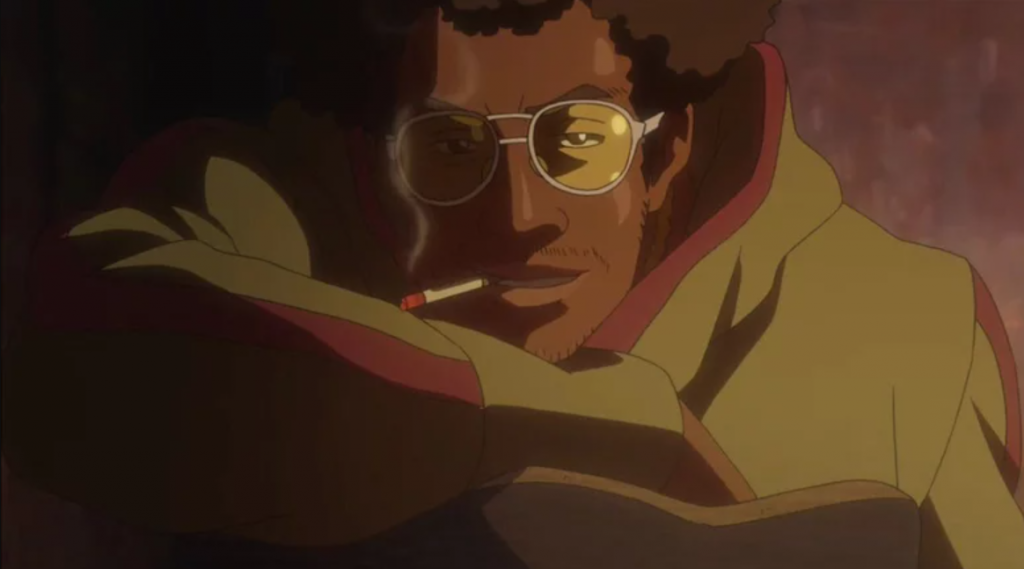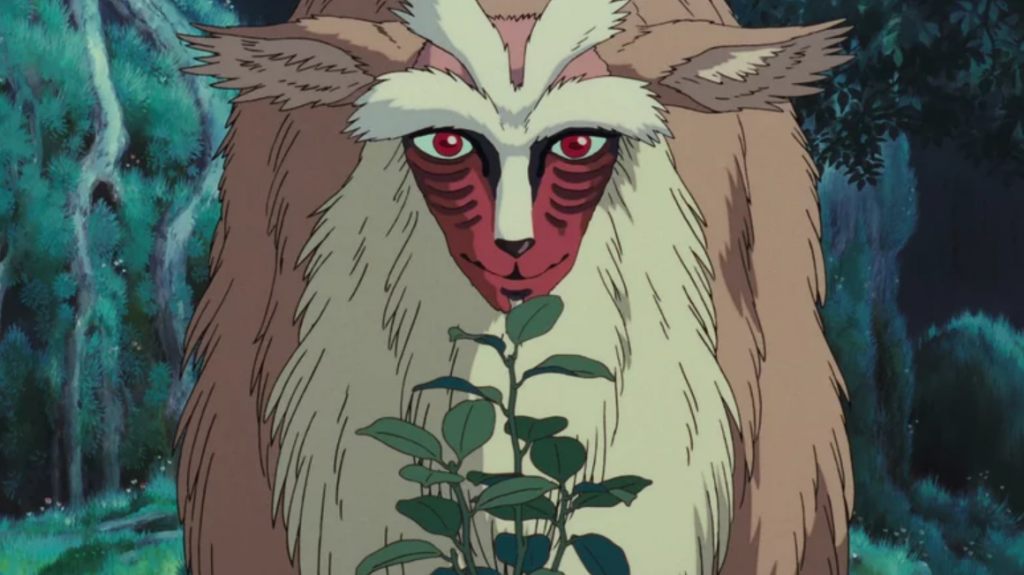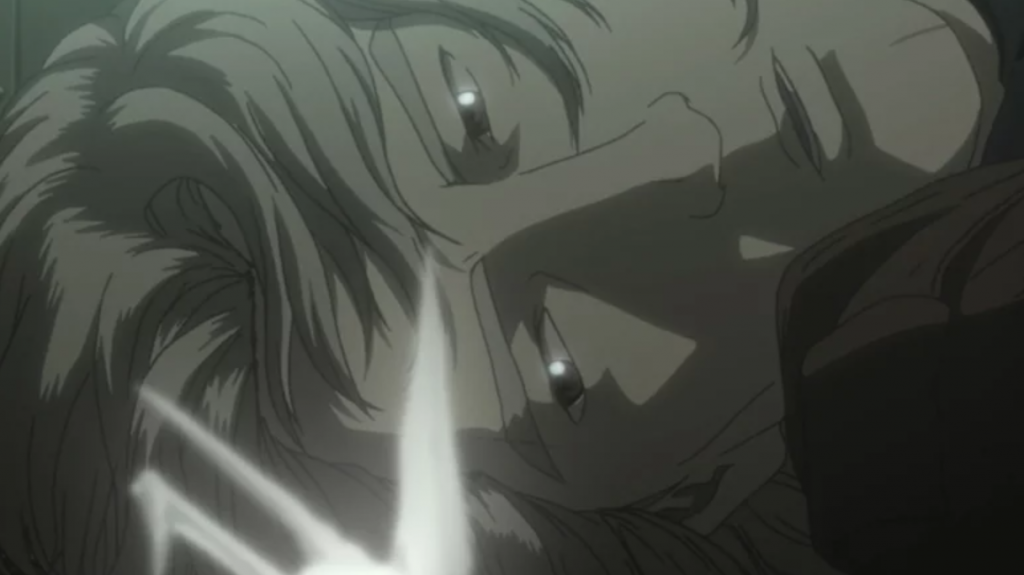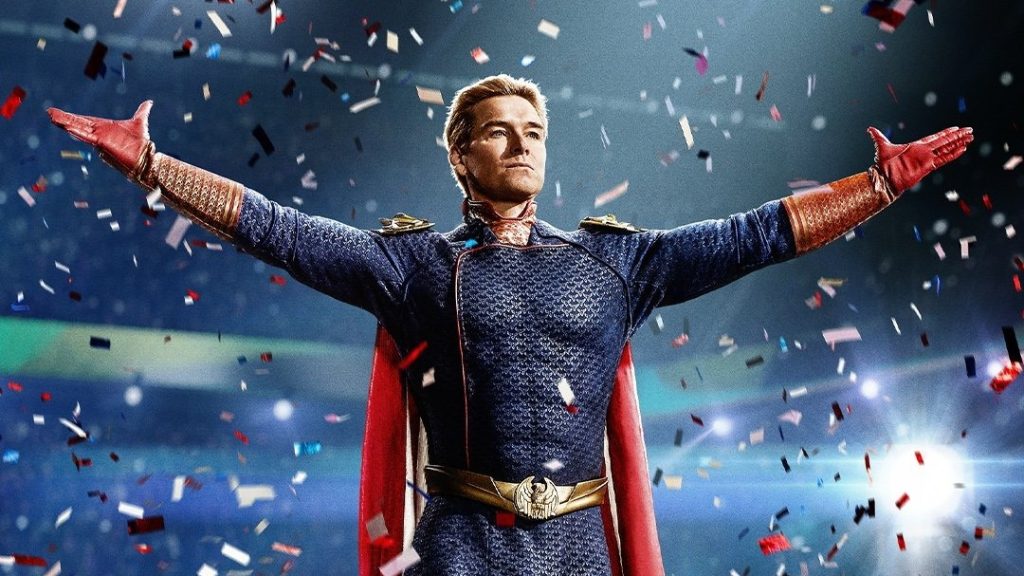Anime has consistently showcased its prowess in depicting intense emotions. From the exhilarating battles of “Dragon Ball Z” that have propelled it into a global phenomenon to the tender and enchanting portrayals of childhood wonder found in Studio Ghibli masterpieces like “Spirited Away” and “My Neighbor Totoro,” and the overflowing joy of teen romance in “My Love Story!!,” anime captures life’s brightest moments with vividness. However, for every vibrant portrayal of joy, an equally powerful depiction of anguish exists. Nothing evokes a profound sense of heartbreak more than a meticulously crafted anime death.
Within the realm of anime, numerous exceptional series and movies have gained recognition for their heart-rending portrayals of death. Yet, even amidst this vast landscape, certain anime deaths emerge as particularly sorrowful. Among these fallen characters are cherished mentors who meet their demise on the battlefield, wide-eyed young individuals who are tragically cut down before embarking on their own journeys, and ordinary people who find themselves overwhelmed by circumstances. What unifies them all is their status as the saddest deaths in anime. Let us delve into the factors that make these poignant farewells so profoundly tear-inducing.
Spike Spiegel (Cowboy Bebop)
“Cowboy Bebop” stands as an unparalleled masterpiece, encompassing remarkable writing, seamless animation, and an undeniable factor: it is undeniably cool. The series’ protagonist, Spike Spiegel, is at the core of this coolness, a chain-smoking bounty hunter plagued by misfortune. Spike epitomizes the epitome of coolness, radiating an air of effortless finesse that is captivating. From his disheveled suit to his flawless combat skills, Spike embodies style in every facet. While he may frequently find himself in dire need of funds and occasionally endures defeat, his unwavering charisma remains unmatched, even in times of destitution and adversity.
This is a significant factor contributing to the profound devastation caused by Spike’s death. In the final two episodes of “Cowboy Bebop” titled “The Real Folk Blues Part 1” and “Part 2,” Spike confronts his haunting past within the Red Dragon Syndicate. While his actions throughout the climactic finale are undeniably breathtaking, such as finally eliminating Vicious, his long-standing archenemy, Spike, still suffers the loss of Julia, the woman who gives his life purpose. As he descends the stairs, facing his impending demise, he is reduced to a mere man, stripped of everything that holds meaning for him. When he forms his fingers into the shape of a gun and feigns shooting at the approaching gangsters, it is a poignant declaration of his indomitable spirit and unwavering determination. However, in a world without Julia, all his flamboyance becomes futile.
Mami Tomoe (Puella Magi Madoka Magica)
“Puella Magi Madoka Magica” delves deep into the realm of tragedy. With its intricate use of time travel, viewers witness the demise of each and every heroine, often experiencing multiple deaths. Amidst the profound backdrop of mortality and devastation, the death of Mami Tomoe in Episode 3, “I’m Not Afraid of Anything Anymore,” emerges as an exceptionally somber moment.
Sayaka and Madoka are initially captivated by Mami’s allure. As an upperclassman, she exudes kindness, grace, and the remarkable ability to slay witches as a magical girl. However, behind her fabulous powers and adorable familiarity, Mami experiences profound loneliness, which she unveils in this episode. When Madoka expresses her aspirations to become a magical girl like Mami, a glimmer of hope emerges—a future brimming with trust and companionship. Yet, this hopeful moment is abruptly shattered when Charlotte, one of the series’ unforgettable witches, gruesomely decapitates Mami.
“Madoka Magica” unveils its sinister intentions through the death of Mami. But, beyond serving as the series’ mission statement, her demise also embodies its emotional core. Mami, a compassionate girl entangled in a dreadful pact, represents every magical girl in the “Madoka Magica” universe. In the series finale, Madoka’s ultimate sacrifice becomes a triumph for all exploited heroines, but it holds a special significance in honoring Mami, whose death reverberates throughout the entire anime.
Maes Hughes (Fullmetal Alchemist: Brotherhood)
Maes Hughes epitomizes love. He breathes it every day, showering his wife and daughter with unwavering devotion, proclaiming them to be the most extraordinary beings on the planet. Yet, while his alchemist comrades possess the power to reshape reality itself, Hughes is captivated by the sheer adorableness of his baby girl, as evidenced by his latest snapshot.
Hughes’ boundless affection is both amusing and heartwarming, offering a glimpse into the other side of his multifaceted personality: the brilliant and strategic military officer. Despite being immersed in a world of war, corruption, and power struggles, Hughes remains astute without compromising his tender heart. His untimely demise in Episode 10, “Separate Destinations,” beautifully unifies these two aspects of his being. As he tries to relay crucial information to Roy Mustang, he is attacked and ultimately perishes, his final thoughts consumed by his beloved wife and daughter. Love and duty may be unable to save Hughes, but they define his essence until his last breath.
Kamina (Tengen Toppa Gurren Lagann)
Kamina embodies the epitome of shonen anime. He wields his sword and pilots a giant robot with unparalleled skill. He fearlessly combines flip-flops with an opera cape that trails behind him, proudly displaying his muscular chest. In an anime where fighting spirit defies logic, Kamina is the embodiment of passionate determination. That’s why his death in Episode 8, “Later, Buddy,” feels utterly unimaginable. Both Simon and the viewers are left in stunned disbelief. Kamina, the indomitable force who conquers through his unwavering refusal to acknowledge defeat, is gone?
In the realm of mentor figures, Kamina’s demise serves as a catalyst for the growth of the series’ protagonist. In the subsequent episodes, Simon undergoes a transformative journey, driven by a desire to avenge Kamina on an epic, cosmic scale. However, even upon re-watching “Tengen Toppa Gurren Lagann,” a part of you still resists accepting Kamina’s fate. It feels inconceivable that a man so full of passion could meet his end. The overwhelming appeal of Kamina’s character and the profound shock of his death linger, leaving a lasting impact.
Light Yagami (Death Note)
Light Yagami may be a megalomaniacal murderer with grandiose delusions, but it’s hard not to marvel at his exceptional intellect and abilities. As a genius, Light excels in everything he sets his mind to. While his aspiration to become the “god of the new world” is undeniably deranged, his successful evasion of capture and the sheer number of people he eliminates lend disturbing credibility to his ambitions. After all, who wouldn’t be tempted by the power of a supernatural notebook bestowed by a genuine god of death?
However, even with his remarkable abilities, ambitious plans, and the aid of the Death Note, Light Yagami’s fate is sealed. In the climactic Episode 37, “New World,” his intricate web of deceit unravels as Near, and the authorities expose his true identity as Kira. Desperate and cornered, Light reaches for a piece of the Death Note hidden in his watch, but Matsuda intervenes, riddling him with bullets before he can write another name. Injured and on the run, Light finds himself in a desolate industrial setting, overwhelmed by memories of his initial encounter with the Death Note as his life force slowly ebbs away. He meets his final moments in a deteriorating warehouse, haunted by visions of L as he fades into oblivion. Regardless of one’s opinion of Light, his death leaves a haunting impression. It serves as a stark reminder that even someone who wields the powers of a death god cannot escape the inevitable grasp of mortality.
Lelouch Lamperouge (Code Geass)
Lelouch, an exiled prince from the Holy Britannian Empire, is determined to overthrow his father’s oppressive rule and liberate the world. His path takes a pivotal turn when he acquires the power of Geass from a mysterious woman named C.C., granting him the ability to command others. As the enigmatic Zero, leader of the Black Knights, Lelouch instigates global upheaval marked by countless battles, sacrifices, and shocking revelations. Eventually, he ascends to the position of the 99th Emperor of the Holy Britannian Empire with his loyal friend Suzaku by his side. However, Lelouch’s ambitions reach even further. In the final episode of “Code Geass: Lelouch of the Rebellion R2,” he achieves the unprecedented feat of becoming the ruler of the entire world.
In a shocking turn of events, Lelouch, now seemingly a tyrant, commands the public execution of his former comrades, the Black Knights. But, as unexpected twist unfolds as they make their way through the somber streets in a macabre procession. Suzaku, disguised as Zero, makes a miraculous appearance and swiftly impales Lelouch with his sword. This climactic moment unveils the ultimate culmination of Lelouch and Suzaku’s grand plan: By sacrificing himself and becoming the target of the world’s hatred, Lelouch’s death will pave the way for an era of lasting peace. Lelouch’s sister, Nunnally, who once believed him to be wicked, finally comprehends the truth as she witnesses Lelouch collapsing beside her. While the crowd erupts in jubilation, Nunnally’s anguished sobs echo, their poignancy lingering amidst the tumultuous cheers.
Setsuko (Grave of the Fireflies)
Renowned for its profound and devastating portrayal, “Grave of the Fireflies” stands as one of the most emotionally challenging anime films ever made. The story follows siblings Seita and Setsuko, a teenage boy and a young girl, as they endure the harrowing final months of World War II. They are left to fend for themselves after losing their home and mother in a firebombing. Despite seeking refuge with their overburdened aunt, they are eventually driven out, and their desperate struggle for survival becomes even more desperate. Seita, driven by an unwavering love for his sister, resorts to extreme measures such as looting houses amidst bombings. However, their dire circumstances leave them with insufficient resources to sustain themselves.
Seita’s spirit crumbles upon receiving the news of Japan’s surrender and the probable demise of their father. As he returns to the desolate shelter they call home, he finds Setsuko, lost in a delusion, offering him rocks as if they were food. Despite Seita’s efforts to gather meager rations, Setsuko’s deteriorated state from severe malnutrition renders it futile. In a heart-wrenching scene, she succumbs to her condition, holding onto a partially eaten slice of watermelon as her life slips away.
Amidst the many tragic moments in the film, Setsuko’s death stands as the pinnacle of sorrow. While war often conjures images of strategy, weaponry, and covert operations, Setsuko, an innocent child far removed from those elements, is a poignant reminder that the impact of global conflict extends to every individual. By depicting her untimely demise, “Grave of the Fireflies” starkly illuminates the immeasurable toll exacted by the pursuit of victory.
Mitsuha Miyamizu (Your Name)
In “Your Name,” the concept of star-crossed lovers takes on a whole new dimension. Mitsuha, a young girl yearning for a different life, unexpectedly starts swapping bodies with Taki, a fast-paced Tokyo boy. Once they adjust to the bizarre phenomenon, they find solace and love in their connection, expressed through written messages. As their body-swapping abruptly ceases, Taki is determined to reunite with Mitsuha in person. However, his search leads him to discover that Mitsuha’s hometown, Itomori, was tragically obliterated by a comet fragment three years earlier. The devastating reality sinks in as Taki realizes that Mitsuha was among the hundreds of lives lost in the catastrophe.
The midpoint of “Your Name” delivers a devastating blow akin to the destructive comet fragment that ravages Itomori. As Taki arrives at the desolate town, he is confronted with the haunting aftermath—an immense impact crater, the wreckage of trains, and crumbled buildings. The poignant messages Mitsuha left on Taki’s phone fade away, revealing that their connection transcended not only space but also time. As Taki’s memories of Mitsuha begin to fade as well, the sudden end to their romance and the fleeting nature of Mitsuha’s life leaves a profound impact. Fortunately, “Your Name” proves that magic can bend, as Taki soon discovers. Yet, the image of Itomori reduced to ruins remains etched in both Taki’s and the audience’s memory.
Asuka Langley Soryu (Neon Genesis Evangelion)
Asuka’s insatiable desire to excel and be acknowledged is abruptly shattered by her harrowing demise in “The End of Evangelion.” Her death carries an unsettling impact as she meets her fatal defeat despite her relentless efforts, witnessed by everyone at Nerv in a state of horrified disbelief.
Amidst the relentless assault by the Japanese Strategic Self-Defense Force on Nerv, Asuka finds herself encased within Unit 02, experiencing a surge of determination and a fierce will to survive. With unwavering confidence, she single-handedly decimates the JSSDF in a breathtaking display of combat prowess, even triumphing over the formidable mass-produced Eva units. However, her triumph is short-lived as the relentless onslaught continues, revealing that the mass-produced Evas are not yet finished with their assault on her.
Swarming like a pack of ravenous angels, their white wings unfurling, the mass-produced units descend upon Asuka with a savage hunger. Yet even in the face of this onslaught, Asuka refuses to yield. Amidst the circling adversaries, she taps into her wellspring of fury, fueling the reanimation of Unit 02. Through gritted teeth, she murmurs, “I’ll kill you, I’ll kill you,” as she defiantly raises her arm and, with it, the might of Unit 02, towards the heavens. However, her moment of defiance is shattered as the mass-produced units launch a renewed assault, tearing Unit 02 apart. Asuka may meet her demise as a valiant fighter, but there is no triumph in her tragic end.
Hansel (Black Lagoon)
“Black Lagoon” delves into the darkest recesses of the 20th century, drawing inspiration from chilling sources. Season 2 introduces Hansel and Gretel, a pair of deeply unsettling twins whose story embodies this grim tendency. Originating from a Romanian orphanage during the era of Nicolae Ceaușescu, their lives take a harrowing turn with the collapse of communism, thrusting them into the depths of the criminal underworld’s most merciless corners. Enduring unimaginable torment, they find solace and survival in their bond as siblings, honing their skills as remorseless killers. By the time they arrive in Roanapur, they have morphed into bloodthirsty murderers who firmly believe that by taking lives, they can prolong their own existence on this earth.
However formidable Hansel and Gretel may be, they pale in comparison to Balalaika’s ruthless determination. In Episode 15, “Swan Song at Dawn,” the calculated mob boss sets a cunning trap for Hansel as retribution for killing her men. Surrounded by her expert snipers in a park, Balalaika listens to Hansel’s deranged ideology, her steely resolve unyielding. She fulfills her duty and takes his life, as one would expect from the formidable leader of Hotel Moscow. Yet, there is no sense of triumph in the moment of Hansel’s demise; he is merely a product of a cruel world. After the boy finally breathes his last, Balalaika mutters, “I’m getting too old for this,” feeling an overwhelming exhaustion that weighs upon her.
Satoshi Batista (Michiko to Hatchin)
Despite his status as a feared crime lord, Satoshi Batista’s jealousy towards Michiko Malandro reveals a deeply wounded and immature side. Back when Satoshi and Hiroshi were young and struggling on the streets, their bond was unbreakable until Michiko entered the picture. Satoshi holds onto his anger towards Michiko, blaming her for luring Hiroshi away from him, even after almost a decade has passed. Ironically, this resentment mirrors Michiko’s own haunted feelings about Hiroshi’s disappearance as she continues her relentless search alongside Hiroshi’s estranged daughter, Hatchin.
Despite his immense power and cruelty, Satoshi’s obsession with Michiko and her perceived transgressions proves to be his undoing in Episode 21, “Last Waltz Blooming Out of Season.” After forcibly separating Hatchin from Michiko, Satoshi brings her to a desolate town under the control of a small-time gangster. In a rare moment of vulnerability, he briefly shows compassion towards Hiroshi’s daughter. However, when the police close in, Michiko seizes the opportunity to snatch Hatchin and escape. Driven by his hatred for Michiko, Satoshi attempts to shoot her but misses, ultimately running out of ammunition. Shortly thereafter, he meets his demise in a dark alley as the two-bit gangster and his henchmen revel in his downfall. While it is their hands that pull the trigger, it is Satoshi’s internal anguish and refusal to let go of Hiroshi’s loss that truly seals his fate.
The Forest Spirit (Princess Mononoke)
In “Princess Mononoke,” the lines between villains and forces of destruction are blurred. Lady Eboshi, the determined leader of Iron Town, has established a sanctuary for society’s marginalized individuals. To protect her people and maintain their way of life, she must secure a steady supply of iron, which necessitates confronting the gods of the iron-rich mountain. When she takes the life of the Forest Spirit, the act is a complex one. While it clearly embodies great evil, Eboshi’s actions are driven by a mix of compassion and practicality that she believes is justified.
With the demise of the Forest Spirit, the era of gods comes to a close, giving way to the dominion of mankind. The tragedy lies in the fact that this transition is not driven by sheer avarice, as embodied by Eboshi. Instead, it is a somber reminder of the inevitability of change. This tale has no smirking villain, only the undeniable march of progress. Even as the Forest Spirit’s dying convulsions unleash toxic devastation upon the mountain, it cannot halt the relentless advance of industry. While San and Ashitaka succeed in returning the Spirit’s head, Eboshi pledges to construct a “better” town, and the Kodama retreats back to the forest, the world they inhabit is forever altered—a world where humans possess the power to slay gods. Eboshi may learn from her experiences, but she alone does not wield the entirety of human greed. She is merely the harbinger of an unstoppable new age.
Hideo Kuze (Ghost in the Shell: Stand Alone Complex)
Hideo Kuze stands out as an enigmatic presence among the already reticent cast of “Ghost in the Shell: Stand Alone Complex.” This is no small feat, considering the majority of the main characters are known for their stoic nature and guarded pasts. However, Kuze takes it to another level of intrigue, as his cybernetic body renders him incapable of displaying facial expressions. As a former commando in the Japan Ground Self-Defense Force, Kuze becomes disillusioned with the horrors and contradictions of war, leading him to transform into a revolutionary figure advocating for the rights of refugees. It is later revealed that Kuze and Motoko Kusanagi share a childhood connection, adding another layer of complexity to his character.
In Episode 26 of Season 2, titled “Endless Gig,” Kuze and Motoko find a fleeting moment of intimacy. Despite his unconventional methods, Kuze’s underlying intentions are undeniably noble. In this poignant scene, Motoko comes to the realization that Kuze comprehends her profound sense of isolation in a way no one else can. However, their connection is short-lived as conflicts arise. Although the villains are eventually thwarted and the day is mostly saved, Kuze meets a silent end, quietly assassinated by those who fear his influence over the masses. To the person who pulls the trigger, Kuze is just another man; his significance to Motoko, the refugee population, and the world becomes inconsequential. In the end, he is stripped of his individuality and succumbs like any other mortal.
Chiyoko Fujiwara (Millennium Actress)
Chiyoko Fujiwara, once a renowned movie star, is now an elderly woman in the twilight of her life when she is discovered by a pair of television interviewers at the beginning of “Millennium Actress.” In this captivating and surreal film, Chiyoko delves into the depths of her existence while the interviewers watch in awe. The boundaries between reality and fiction blur as Chiyoko reminisces about the events from her films and her personal life as if they are intertwined without distinction. Throughout the years and diverse landscapes of her journey, she is propelled by a singular longing: to reunite with a dissident artist whom she had aided during the Sino-Japanese War.
An earthquake strikes in the poignant culmination of Chiyoko’s narrative, leading her to her final moments on her deathbed. Although she never succeeded in finding the elusive artist she sought, she reveals that what truly mattered to her was the exhilarating pursuit itself. As the elderly woman in the hospital bed fades away, transforming into the youthful actress ready to embark on a thrilling sci-fi adventure in a rocket ship, we realize that Chiyoko’s story has reached its ultimate conclusion. It is a death that carries a triumphant spirit, yet its profound emotional impact is bound to bring tears to your eyes.


